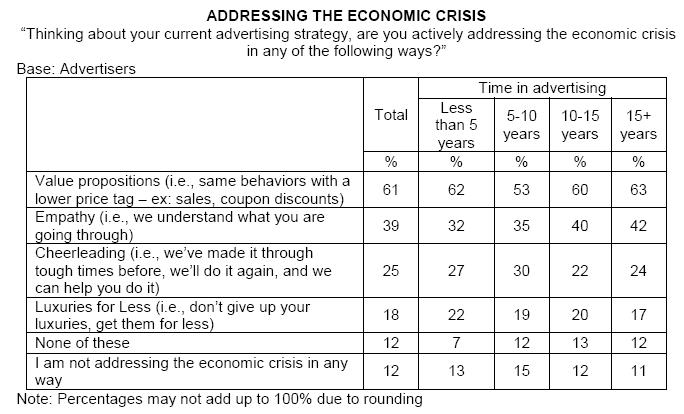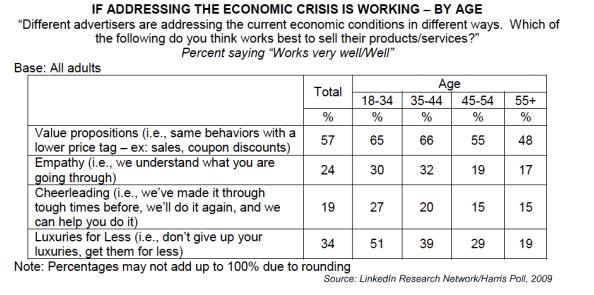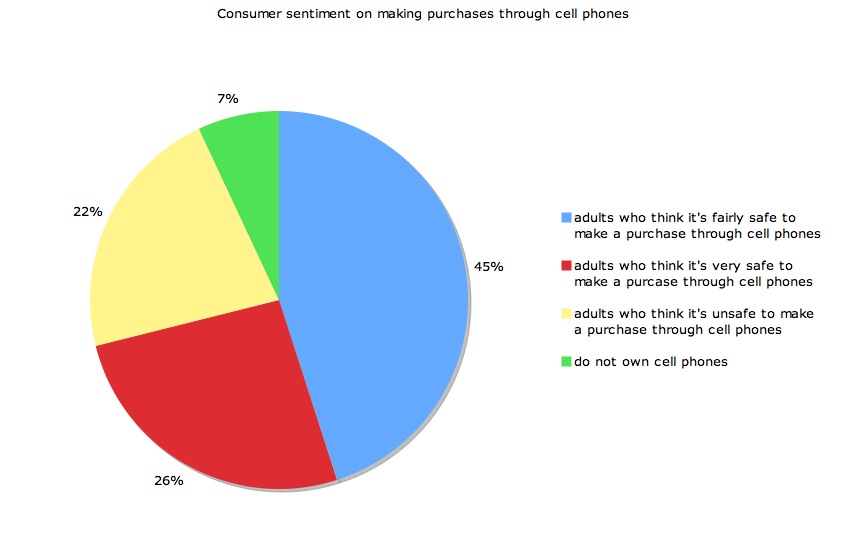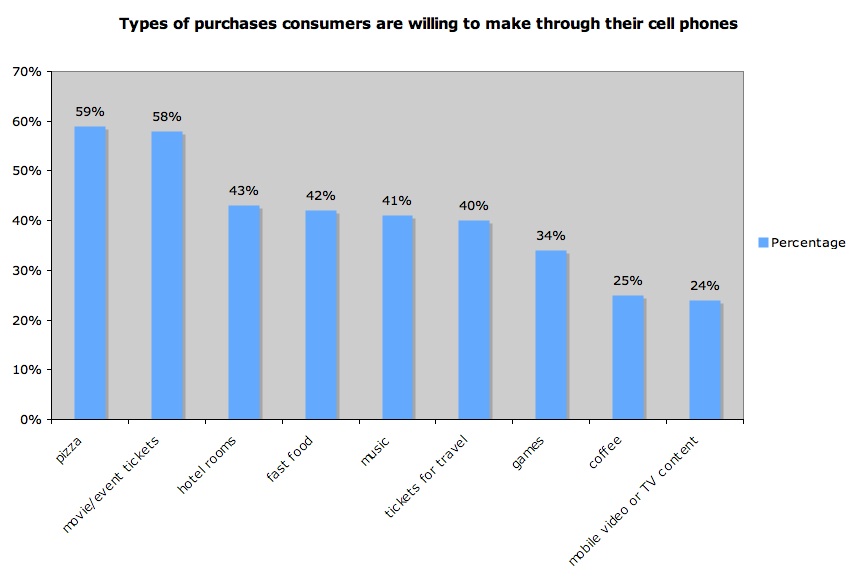Consumers are expressing themselves in thousands of ways online, including in videos, images, forums, and blogs. The diary-like style of blogs can offer unique insight into a person’s life and opinions. And, since they’re written in text, blogs can be more easily aggregated and mined for insights than other media, such as video.
I recently had the pleasure of interviewing Janet Eden-Harris, VP of Web Intelligence, J.D. Power and Associates, on this topic. Eden-Harris works in a division of the market research firm that is responsible for mining social media for market insights. Information gathered this way can, at times, be more valuable than a survey, she says.
“People go to their blogs, to message boards, chat rooms, and forums, really, to talk to one another. And they talk spontaneously about products, services, and their lives… You’re not prejudicing them by asking a question. You are listening in, or overhearing conversations that are taking place spontaneously.”
Well-read bloggers also tend be very passionate and knowledgeable about a specific topic, she says. “These are the people that you very likely want to listen to most because they are more or less your thought leaders and opinion leaders.”
Eden-Harris and her team gather data from publicly available social media sites across the Web. They do not gather information from any sources that require a password, such as Facebook. Other social media sites, such as MySpace, do not always require a password. The team is not concerned with the gathering information about specific bloggers, she says. Instead, they are concerned with their topics and opinions.
“Essentially what we’re doing is collecting [this information] into a database, and we mine millions of posts every week and continually mine them,” she says. “It goes beyond demographics. It goes into what motivations do people have for buying or using a product or responding to a trend.”
Her team uses Natural Language Processing, a branch of computer science, to scan the posts for insights. NLP can be used to analyze text for subject matter, sentiment, and assumptions about a person’s background, such as sex and age. By scanning millions of posts, the team can uncover who is saying what about products and companies, and create reports.
Types of Reports
There are four main categories of information that companies ask J.D. Power to research that can involve mining social media, Eden-Harris says. They are:
1. Brand monitoring – This is the most common type. Marketers want to know what consumers are saying about their companies and their competitors. Marketers could survey their own customers, but it is much more difficult to survey their competitors’ customers themselves.
2. Trend analysis – Marketers also ask for analysis on the current trends in a market, and where the market is heading. It can be difficult to pick up on trends in surveys, but you can often pick up on them through blog and social media research, Eden-Harris says.
3. Customer information – Marketers also ask for more information about their current and potential customers. Blogs provide particular insight in this category since many consumers will identify themselves as a customer in one post, and talk about their personal lives in other posts. The posts can also provide information on the best language to use when communicating to customers.
4. Unmet needs – it is also possible to collect information about what products consumers wish they had. “Consumers are classically not particularly good at coming up with product innovations, but, boy, are we good at saying what annoys us and what we wish we had,” Eden-Harris says.













